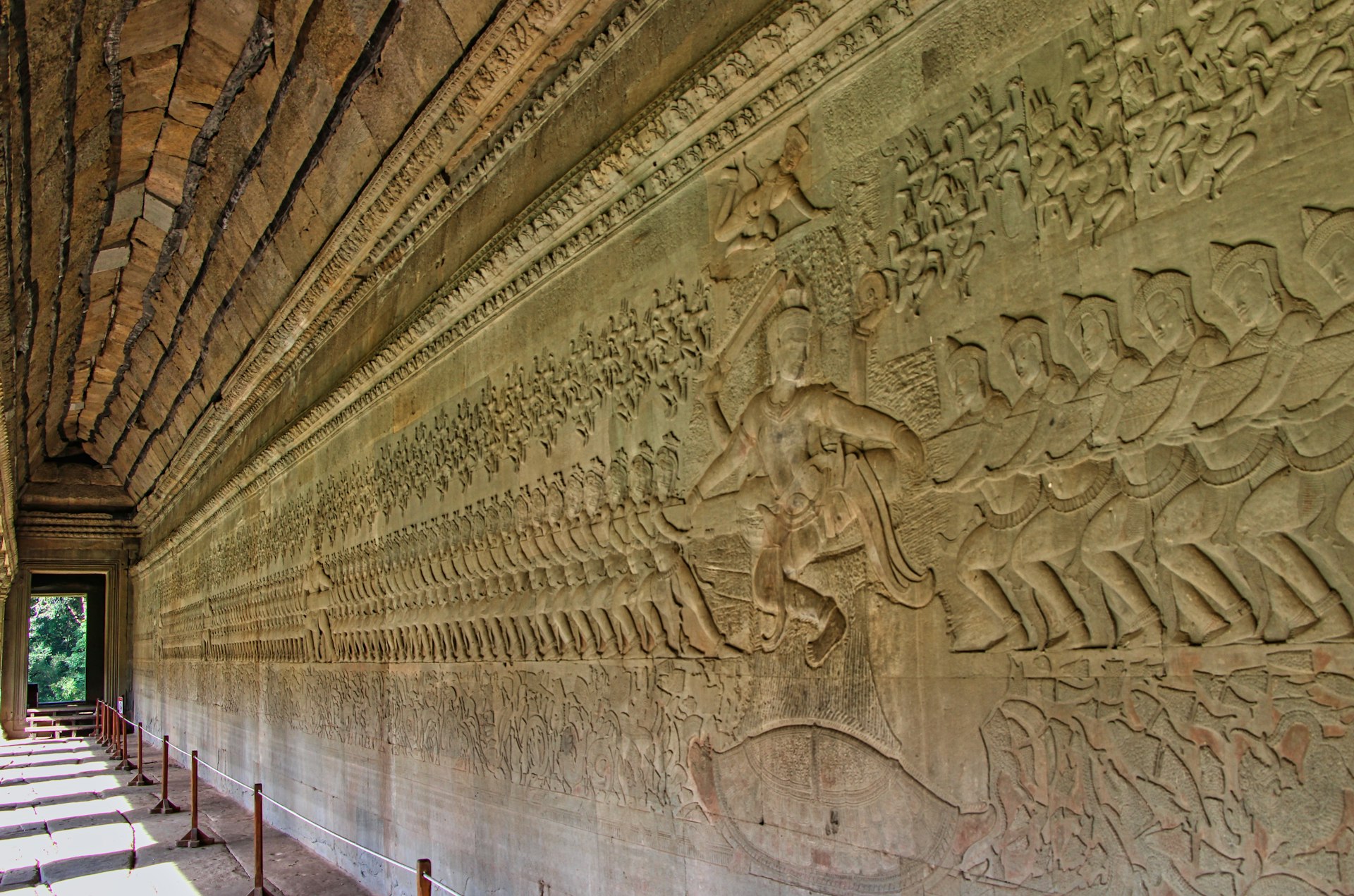Unlocking Revenue: Proven Strategies for Mobile Game Monetization in 2025

Photo by Live Richer on Unsplash
Introduction: The Evolving Landscape of Mobile Game Monetization
Mobile gaming continues to be one of the fastest-growing segments in digital entertainment, with global revenues and user engagement reaching new heights each year. As competition intensifies, the need for effective, player-friendly monetization strategies becomes essential. Successful monetization not only boosts profits but also sustains player engagement and satisfaction, ensuring long-term growth for developers and publishers.
Understanding the Core Monetization Models
At the heart of mobile gaming monetization are several proven models, each with its own strengths and challenges. The three dominant strategies are:

Photo by Amanz on Unsplash
- In-App Purchases (IAP) – Players buy virtual goods, upgrades, or content directly within the game. This model accounts for approximately 95% of all user spend in mobile games, making it the backbone of the industry’s profitability [5] .
- In-App Advertising (IAA) – Revenue is generated by displaying ads, often video or interactive, to players. Notably, 74% of US mobile gamers are willing to watch ads in exchange for in-game rewards, and 82% prefer free games with ads over paid versions [5] .
- Subscriptions – Players pay a recurring fee for ongoing access to exclusive content or benefits. The subscription model is increasingly popular, especially when combined with other strategies [2] .
Hybrid Monetization: Maximizing Revenue and Player Choice
In 2025, the trend is clear: hybrid monetization strategies are becoming standard practice. These approaches blend IAPs, IAA, and subscriptions, allowing developers to capture value from both paying and non-paying users. By offering multiple pathways for engagement and spending, hybrid models increase the likelihood of revenue across diverse player segments [3] .
For example, a mobile RPG might enable players to enjoy the game for free with ads, remove ads via a small one-time purchase, and offer a monthly subscription for exclusive quests or characters. This flexibility ensures that monetization aligns with different player preferences and spending abilities, boosting both retention and lifetime value [1] .
Personalization Through AI and Dynamic Pricing
Artificial Intelligence is reshaping how games monetize their audiences. By leveraging AI-driven analytics, developers can tailor offers, adjust pricing, and even modify in-game difficulty to match player behavior. For instance, Angry Birds 2 uses dynamic difficulty adjustment to keep players engaged and more likely to spend on power-ups, enhancing both user experience and monetization potential [4] .
To implement AI personalization:
- Integrate analytics platforms capable of tracking user actions, session length, and in-game purchases.
- Utilize machine learning tools to segment users and predict buying intent.
- Experiment with A/B testing for different pricing and offer models, adapting to real-time feedback.
Personalization not only increases conversion rates but also helps maintain a positive user experience, reducing churn and negative feedback.
Best Practices for Implementing In-App Purchases
In-app purchases remain the primary revenue engine for most mobile games. To optimize IAPs:
- Offer multiple in-game currencies (e.g., soft, premium, and event-based) to create a sense of progression and exclusivity [1] .
- Analyze competitor pricing to ensure your offers are competitive and appealing.
- Bundle items or create limited-time deals to drive urgency and increase basket size.
- Use opt-in offers, such as first-time buyer discounts or seasonal promotions, to convert hesitant users.
It is crucial to avoid overwhelming players with constant prompts, as excessive monetization can harm retention and satisfaction [3] .
In-App Advertising: Balancing Revenue and Experience
Advertising can be a powerful revenue stream, particularly for free-to-play and hyper-casual titles. However, balance is key:
- Favor opt-in ad formats, such as rewarded videos, which give players control and incentivize engagement [3] .
- Limit ad frequency to avoid player fatigue; monitor user feedback and session metrics to optimize placement.
- Experiment with interactive and native ad formats that complement gameplay rather than disrupt it.
With in-app bidding replacing traditional ad waterfall systems, developers can maximize fill rates and ensure higher eCPMs by partnering with reputable ad networks. For guidance, consult major ad mediation platforms such as Google AdMob or Unity Ads, both of which provide resources and best practices for maximizing ad revenue.
Subscriptions and Freemium Models: Building Long-Term Value
Subscription models are increasingly popular, especially when layered within a freemium framework. These strategies give players free access to core gameplay while reserving premium features or content for subscribers. Tiered pricing and micro-subscriptions allow users to find a plan that fits their budget, boosting conversion and retention [2] .
To implement a subscription system:
- Define clear, tangible benefits for subscribers, such as exclusive items, faster progress, or ad-free play.
- Offer trial periods to encourage signups and reduce friction.
- Leverage social proof by highlighting the value and popularity of your premium plans.
Subscriptions are particularly effective in genres with high engagement and community features, such as strategy or MMO games.
Gamification, Social Integration, and Community Building
Gamification elements-like leaderboards, achievements, and daily challenges-can significantly increase player engagement and open new monetization opportunities. Integrating social features enables players to form communities, compete, and share progress, which in turn drives retention and creates new avenues for monetization through social gifting or referral programs [2] .
For developers seeking to build community-driven monetization:
- Incorporate social logins and sharing features to make it easy for players to invite friends and join events.
- Host time-limited events or tournaments with exclusive rewards for top performers.
- Encourage user-generated content, such as custom skins or levels, which can be monetized through in-app purchases.
Community-driven approaches not only increase monetization opportunities but also foster brand loyalty and organic growth.
Challenges and Solutions in Mobile Game Monetization
Despite the potential, monetization comes with notable challenges:
- Player Fatigue: Over-monetizing can drive users away. Solution: Focus on opt-in models and balance offers with engaging gameplay.
- Market Saturation: With thousands of new games launched monthly, standing out is harder than ever. Solution: Invest in unique mechanics, personalization, and community features.
- Changing Regulations: Increasing scrutiny on privacy and spending, especially among minors. Solution: Stay updated on industry standards and ensure compliance with relevant regulations such as COPPA or GDPR.
Accessing Monetization Resources and Support
Developers can improve their monetization strategies by:
- Reviewing case studies and best practices from established developers. Resources are widely available through official platforms like Google Play Console’s help center and Apple’s App Store Connect for app monetization guidance.
- Joining industry forums, such as those on Game Developer or Gamasutra , to learn from peers and industry experts. (Both sites are verified and accessible.)
- Experimenting with A/B testing tools and ad mediation platforms, using documentation from official sites like Google AdMob or Unity Ads.
- Monitoring analytics and player feedback to iterate and refine monetization tactics over time.
Conclusion: Building a Sustainable Monetization Strategy
The most effective mobile game monetization strategies in 2025 blend proven models-like in-app purchases, ads, and subscriptions-with cutting-edge trends such as AI-driven personalization and hybrid approaches. By focusing on player experience, adapting to emerging trends, and continuously optimizing based on data, developers can build sustainable, profitable games in an increasingly competitive market.
References
- Pushwoosh (2025). Mobile game monetization models: The ultimate guide to increase your app revenue.
- AdMonsters (2025). Top 5 Mobile Monetization Trends for 2025.
- Udonis Blog (2025). Top Mobile Game Monetization Strategies for 2025.
- MAF Blog (2025). Game Monetization Strategy: The Questions Every Developer Asks.
- Udonis Blog (2025). 200+ Mobile Gaming Market Statistics [2025 Report].



